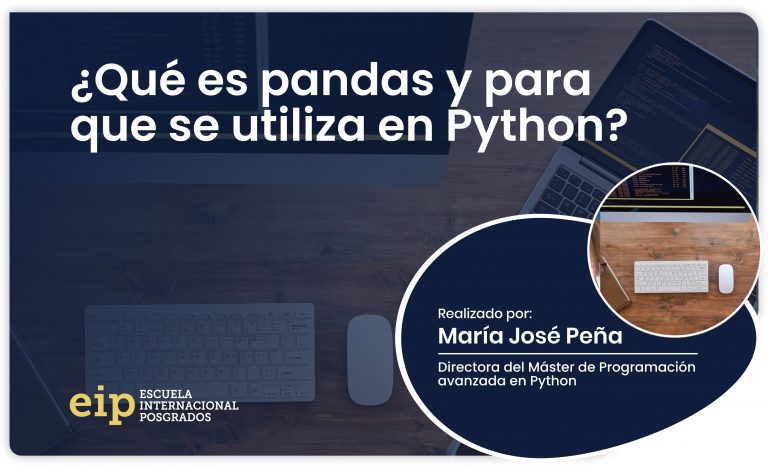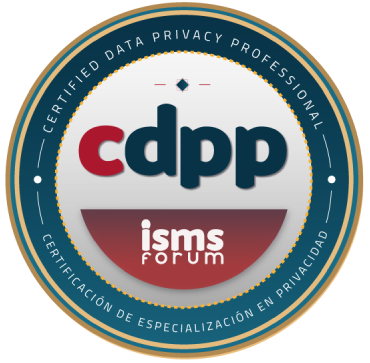When we talk about pandas we are not referring to a group of black and white bears devouring bamboo, we are talking about the Pandas bookstore in Python, specialized in data structure management and analysis, open source and dependent on the Numpy library.
With pandas we can represent tabular data with labeled columns and rows and time series.
To train yourself and understand these concepts in depth, you can do so with our master in Advanced Programming in Python for Big Data, Hacking and Machine Learning. Furthermore, as it is a dual master's degree, you will be able to integrate the learning process with internships in companies.
Pandas Library Tools
Provides tools that allow us to read and write data in various formats such as CSV, Microsoft Excel, SQL databases and HDF5 format.
They also allow us select and filter data tables, merge and join data, transform it applying both global and windowed functions, manipulate time series and even make graphs.
Pandas has three structures of different data:
- series, are one-dimensional structures
- DataFrame, two-dimensional structures (tables)
- Panel, three-dimensional structures (cubes)
Let's see an example of the first two in a quick and easy way.
series
Are one dimensional structures, similar to arrays, has an index that associates a name with each element of the series to access it.

DataFrame
Are structured data sets in the form of a table where each column is an object of type Series, all the data in the same column is of the same type and the rows can contain different types.





































